I, like many of you, i have spent years chasing the mystery of Atlantis and asking the big question Where Was the Lost City of Atlantis Located?. In my YouTube videos and over on X (Twitter), I’ve made the case that Atlantis once stood in Africa at the Eye of the Sahara.
But here’s the truth: the evidence stretches across oceans, deserts, and even ice. Atlantis could have existed in several possible locations, each carrying fragments of the same lost story.
So let’s explore the leading theories, and see which one comes closest to Plato’s Description of Atlantis.
The First Clue: Plato’s Description
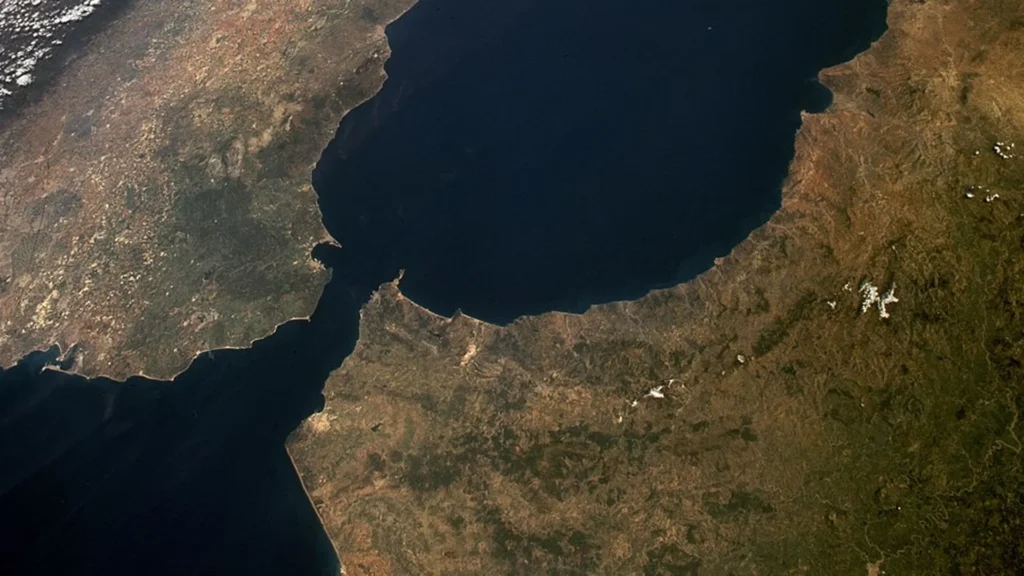
Everything begins with Plato, writing around 360 BCE. He described Atlantis in two dialogues, Timaeus and Critias.
According to him, the island empire lay “beyond the Pillars of Heracles,” what we now call the Strait of Gibraltar seen in the above image.
Atlantis thrived nine thousand years before his time, around 11,600 years ago, right at the end of the last Ice Age. It was a maritime civilization rich in metals, knowledge, and power, until arrogance led to its fall.
Then, in a single day and night, the island sank beneath the sea.
Whether allegory or memory, Plato’s account remains our only direct source, and the spark for every theory that followed.
1. The Minoan Civilization – A Lost World in the Aegean
Some believe Plato based his story on the Minoan civilization, a real Bronze Age culture that thrived on the islands of Crete and Thera (Santorini) seen in the image below.
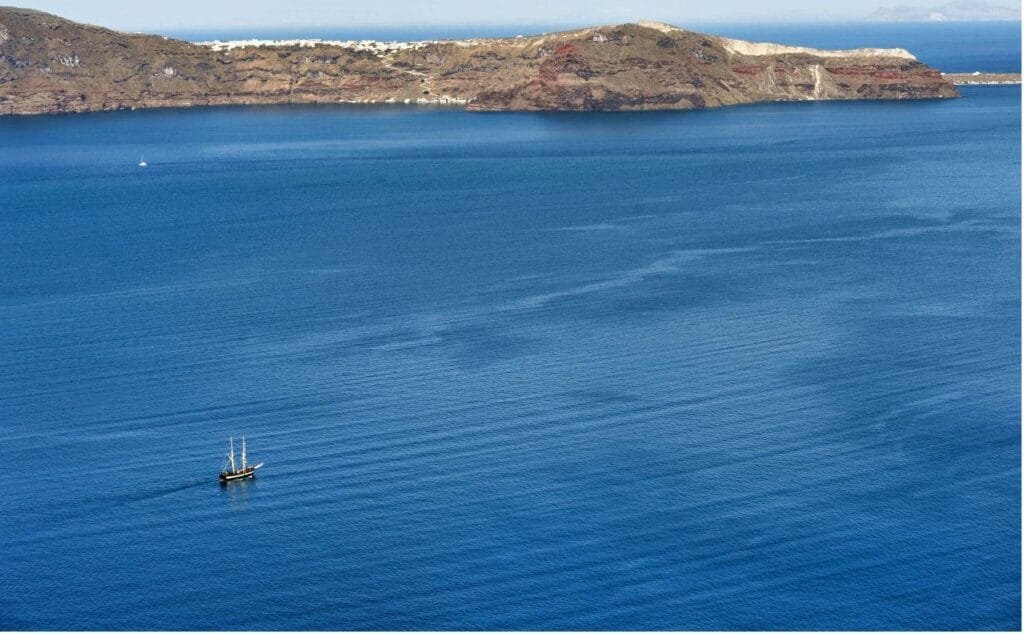
Around 1600 BCE, Thera erupted with staggering force. The explosion triggered tsunamis and ash clouds that devastated Minoan cities. Their empire collapsed soon after. The Minoans built multi-story palaces, engineered advanced plumbing, and worshipped sea deities. Their downfall mirrored Plato’s tale: wealth, pride, destruction by natural disaster.
Yet one problem remains. The Minoans lived inside the Pillars of Heracles, not beyond them. If Plato’s geography was literal, Atlantis lay farther west.
2. The Azores and the Mid-Atlantic Ridge
Sail beyond Gibraltar and you find the Azores, a remote chain of volcanic islands in the North Atlantic. Nineteenth-century writer Ignatius Donnelly believed they were the peaks of a drowned continent — the true remains of Atlantis.
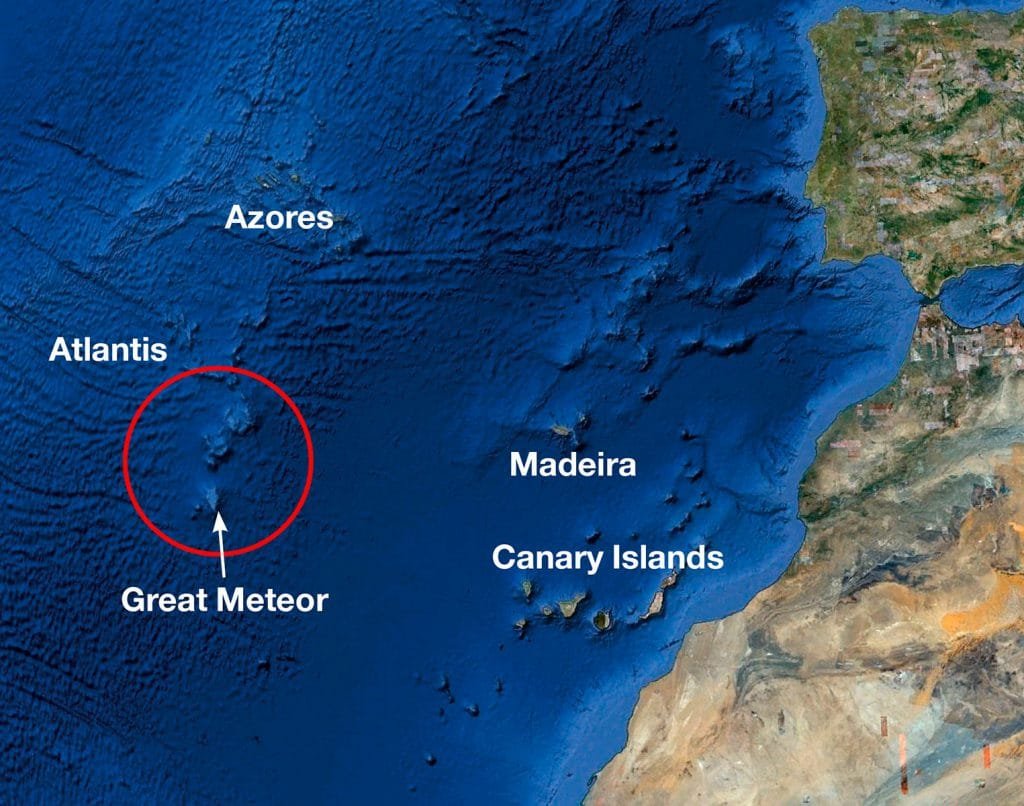
Modern geology rules out a lost landmass in the Atlantic, but that region still hides mysteries. Ancient maps show islands where none exist today. Sonar readings reveal underwater plateaus and formations that seem too regular to ignore.
If sea levels rose dramatically at the end of the Ice Age, an island civilization here could have disappeared beneath the waves — leaving behind only whispers of its existence.
3. The Eye of the Sahara – Atlantis in Africa
Now we come to my personal favorite: the Eye of the Sahara, or Richat Structure, in Mauritania.
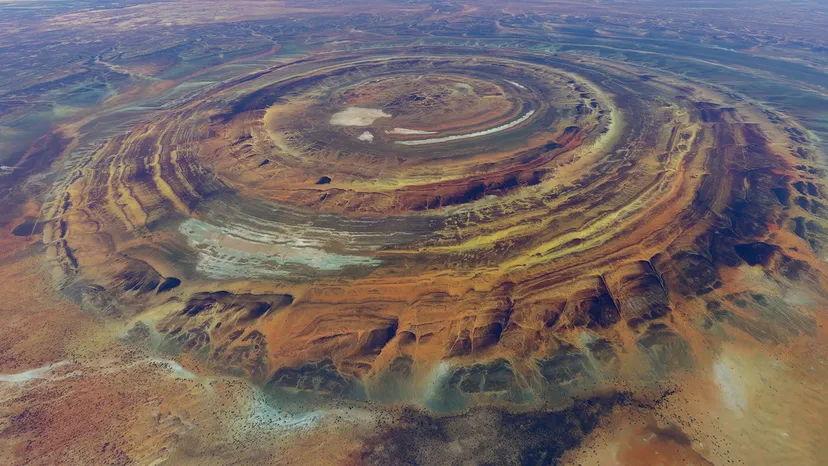
Seen from above, this massive circular formation, 25 miles across, looks eerily like Plato’s description: concentric rings of land and water. The region once held rivers, lakes, and life, not endless sand, see my video blow for more detail.
Geologists say erosion shaped it naturally, but the symmetry, the scale, and the location fit the story almost too well.
If Plato’s “island” was actually a fertile plateau on Africa’s ancient coastline, then the Eye of the Sahara could mark the eroded heart of Atlantis, a city lost not to the sea, but to time and desert wind.
4. Antarctica – The Frozen Atlantis
Some theories point even farther south. They claim that Antarctica once lay closer to the equator before a sudden crustal shift froze it over around 12,000 years ago.
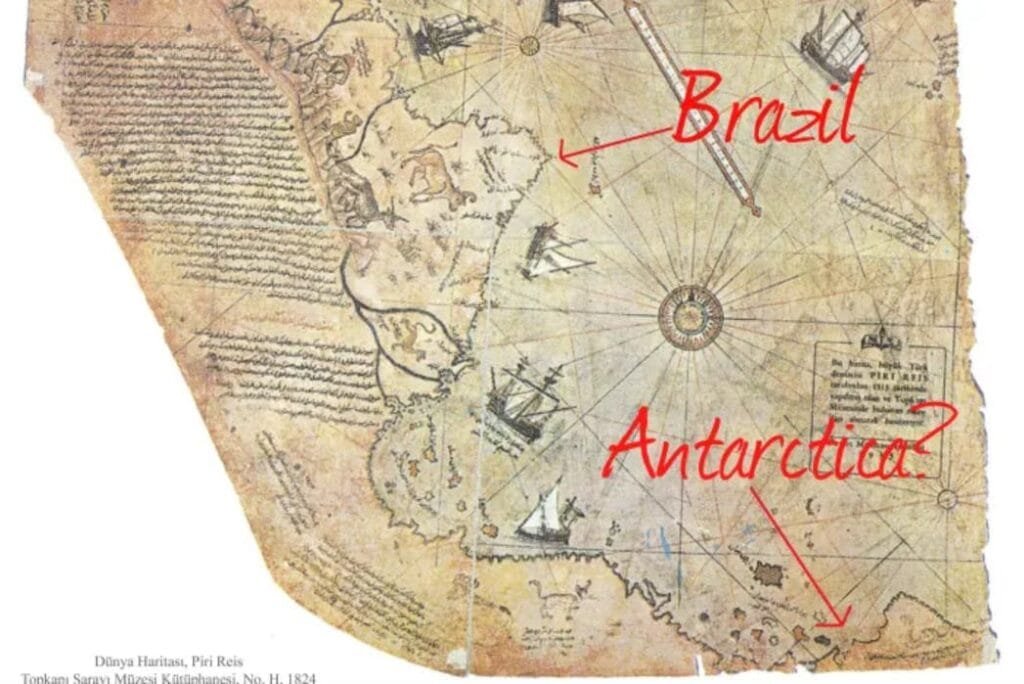
The Piri Reis map of 1513 seems to depict Antarctica’s coastline without ice, suggesting ancient sailors mapped it long before modern discovery. Ice radar scans have also revealed geometric shapes beneath the ice — natural or not, they continue to provoke debate.
If Atlantis once existed there, its ruins now sleep beneath two miles of ice, preserved, waiting for the world to thaw.
5. The Continental Shelf – Lost Cities Beneath the Waves
During the last Ice Age, sea levels stood more than 400 feet lower than today. Vast coastlines now lie underwater, including areas off India, Japan, and the Bahamas.
In the Bahamas, the Bimini Road, a series of massive stone blocks under shallow water, resembles an ancient harbor wall. Off India’s Gulf of Khambhat, sonar has revealed symmetrical structures buried in silt.
Whether natural or man-made, these underwater anomalies remind us that entire chapters of human civilization lie beneath the sea hidden since the Ice Age ended.
A Global Memory of Cataclysm
Maybe Atlantis wasn’t one place at all. Maybe it represents a shared memory of lost civilizations destroyed during the same cataclysm, a story told differently in every culture.
The Sumerians wrote of cities swallowed by flood.
The Hindu epics described Dwarka, a divine city beneath the sea.
Mesoamerican legends spoke of suns and worlds destroyed by water.
Plato’s date for Atlantis, about 11,600 years ago, matches the Younger Dryas, a real event marked by global flooding and abrupt climate shifts. Perhaps his tale preserves what history forgot.
So Where Was the Lost City of Atlantis Located?
Maybe nowhere. Maybe everywhere.
The truth could lie beneath the Atlantic, under the Sahara, or frozen at the poles. Each theory carries fragments of something real, a civilization erased by time and sea.
I believe the Eye of the Sahara holds the strongest evidence, but the search itself matters more than any single answer. Every clue pulls us closer to understanding how much of our past remains buried, waiting for us to uncover it. So why not join me on X and let discuss it together
Final Thought on Where Was the Lost City of Atlantis Located?
We may never find one city that proves the legend true. But the evidence keeps calling, and the patterns refuse to fade.
So I’ll keep searching, and sharing what I find. Because somewhere, under sea, sand, or ice, Atlantis still waits to tell its story.
Pingback: Plato’s Description of Atlantis: What Did He Really Say?